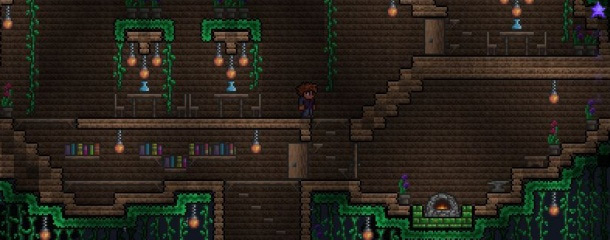

Deciding to build a Magic the Gathering deck is easy. But what type of deck do you want to build? The better question even, is “how” to build it. There is a multitude of things to consider before you start to “slap” cards together. The first thing you must do is decide on the color(s) you want to be present in your magic deck. Remember, each color (black, blue, green, red and white) has its own theme. Each color also has its own strength and weaknesses. The more colors you decide to place in the deck, the larger the deck may become.
After choosing which color(s) that you will set in your new magic deck, you now need to set a term for victory. Do you want lots of creatures to overrun your opponent? Or perhaps you want to pummel someone with spells. You could even pick to win by using a combination of cards. The choice that most beginning deck builders is to construct a deck that overwhelms the “enemy” with a multitude of small creatures; it is also easier for them to play with. Intermediate builders will tend to lean towards control or suppression with the use of Spells and/or combinations. That’s all nice and good but what do the advanced builders do and how does it help them win?
There is three differences between the Advance builders and the other two builders listed. Those three (fundamental) differences are: ratio management, cost efficient cards and archetypes. It sounds simple but it isn’t. Ratio management, for example 1:1:1 creature land spells. Simply it means that for every one creature, you will have one land and spell. Each of their decks (Pros or advance builders) maintains a balance similar to that. Sometimes they’ll even do: every 1 creature they’ll have 1.8 lands and .2 spells. I’ll try not to contradict that but ratios are just one part of the equation.
How do you know a creature is good or just plain bad? Is it how much it costs to put into play or how much damage it can do when put into play? Those questions are usually decided by the player. Some players prefer to have lots of small “quick” creatures deal damage early on but those decks lose momentum mid to late game. Other players prefer to play a big creature and mow right through the small ones. Simply put there really is no bad creature per se but for the creature to be good it must add to the deck. If you are looking for quick creatures, they will tend to be very cheap to put into play; the larger creatures will cost high but usually do damage and have an ability that’ll make them worthwhile.
In the previous paragraph I mentioned briefly two archetypes. So what is an archetype? Archetypes are rough outlines for decks based on ideas that have been successful in past tournaments. There are really on three types of decks but they can be mixed and matched to achieve the desired result. The three main types are: Aggro, Combo and Control. Aggro decks will try to deal as much damage as possible within the shortest amount of time. Combo decks will use a plan of two or more cards to instantly win the game or deal a large amount of damage. Finally, Control decks will lock the entire board down and then win after that.
There are plenty of resources on what beats what. Or what is the best deck to use.
Michael Russell
Your Independent guide to Golf



